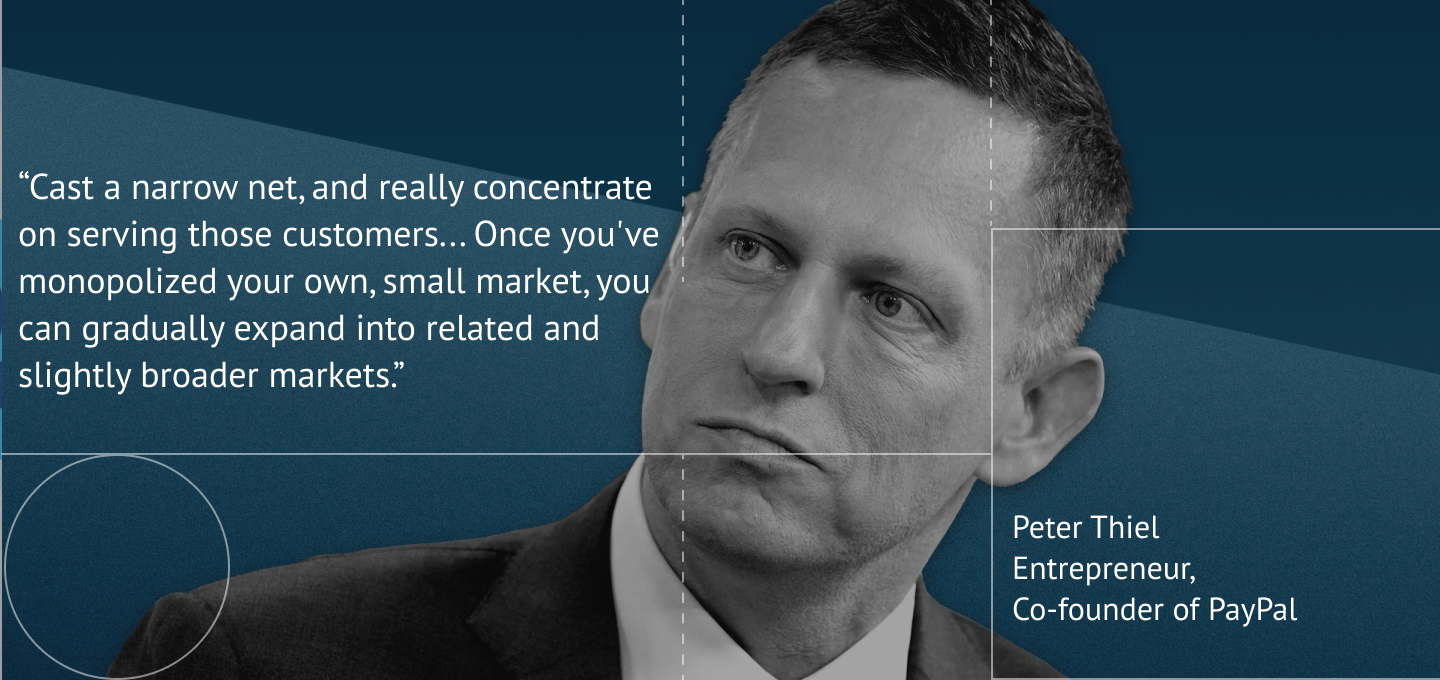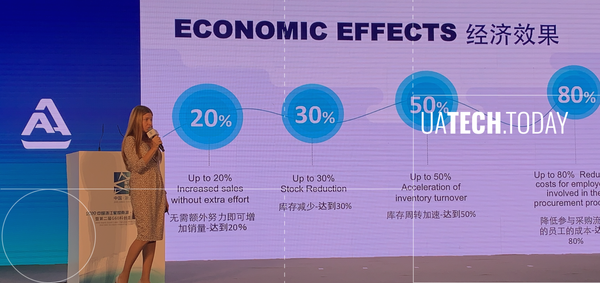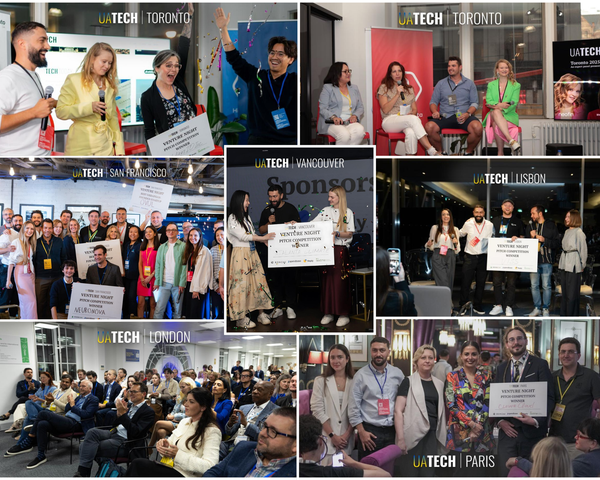Why Choosing the Right Customers Matters
In the last article, we discussed the most common mistakes salespeople make in B2B sales—missteps that can slow down growth, waste valuable resources, and lead to lost opportunities.
Here, we will take a closer look at one of the most costly mistakes: failing to focus on the right customers and engage the right stakeholders.Instead of chasing leads that will never convert or getting stuck with a single point of contact, we’ll explore a structured action plan to help you prioritize high-value accounts, effectively engage key decision-makers, and improve your win rates.

In B2B sales, success isn’t about reaching as many prospects as possible—it’s about reaching the right ones. Many sales teams waste time on companies that will never buy. This happens whether the salesperson is an end-to-end sales rep identifying opportunities themselves or a sales rep receiving leads from BDRs or the marketing team.
The problem? Salespeople often prioritize the wrong companies.
- They focus on the most active and engaged leads, not necessarily the most valuable ones.
- They get stuck communicating with one contact person, often someone who isn’t even a decision-maker.
- They neglect larger, more strategic accounts simply because these companies are slower to engage.
This article will help you prioritize high-value opportunities, engage the right stakeholders, and structure your approach to maximize success.
Step 1: Define and Prioritize Your Ideal Customer Profile (ICP)
The Mistake: Engaging with the Wrong Companies
Many sales reps spend most of their time on prospects who seem interested, are easy to engage, and respond quickly—but this doesn’t always mean they are the best fit. Meanwhile, high-value ICP companies in their pipeline receive little attention because they require more effort to engage.
Example: Imagine you’re a sales rep selling IT solutions to retailers.
- Company A is a small retail chain with 10 stores. They are responsive, ask many questions, and schedule multiple meetings.
- Company B is a major retailer with 200 stores. They are harder to reach, less responsive, and slower in decision-making.
Many sales reps will naturally spend most of their time on Company A because the interaction feels easier and more rewarding. However, the deal with Company B could be worth 5 to 10X more in revenue.
How to Define Your ICP: Choosing the Right Companies
Your Ideal Customer Profile (ICP) is a clear definition of the type of company that is the best fit for your solution. The more precisely you define it, the easier it is to focus your sales efforts on high-value opportunities instead of wasting time on companies that will never buy.
Here’s how to choose the right companies for your ICP:
- Define Your Target Industry and Market Start by identifying which industries and markets will benefit the most from your product.
- Choose the Right Company Size Not all companies within an industry are a good fit—size matters.
- Filter Companies Based on Growth Potential Prioritize companies that are actively growing or investing in new technology.
Action Step: Build a company filter checklist with these factors. If a company meets most of your criteria, it’s a high-priority ICP prospect.
Step 2: Engage the Right Stakeholders
The Mistake: Relying Too Much on One Contact
Many salespeople believe that if they get a call with a decision-maker, they’re set. However, while engaging a decision-maker is crucial, it’s not always enough.
Decision-makers rarely make purchasing decisions alone. They rely on influencers, finance teams, technical experts, and other stakeholders. Many sales reps get stuck engaging with just one contact person—who may not even have the authority to buy.
Understanding Stakeholder Roles
Every B2B deal involves multiple stakeholders with different interests. Here’s who you need to identify and engage:
- Decision-Maker – The person who has the final say in purchasing. They assess the overall impact on the business.
- Influencers – Individuals who provide insights, recommendations, or technical expertise that shape the decision.
- Blockers – Those who resist or delay the buying process due to security concerns, budget restrictions, or other priorities.
- Champions – Internal advocates who believe in your solution and push for its adoption inside the company.
Example: A sales rep is selling industrial automation software to a company. They build a strong relationship with the Production Manager (Champion), who sees the software’s potential to improve efficiency. However, the CIO (Blocker) raises concerns about security and integration with existing IT systems. The final decision rests with the CFO (Decision-Maker), who evaluates the financial implications. Additionally, the IT Manager (Influencer) provides technical insights that shape the CFO’s decision.
Action Step: Before engaging a prospect, create a stakeholder map to ensure you are reaching all key players.
Pro Tip: If you’re stuck with a single contact, escalate strategically by asking, "Who else in your company would need to be involved in this decision?"

Step 3: Customize Messaging for Each Stakeholder
The Mistake: Using One Generic Sales Pitch for Everyone
A common mistake is using the same pitch for every stakeholder. But a CFO, a CTO, and an Operations Manager all care about different things.
How to Tailor Your Messaging
- CFO (Financial Buyer): Wants to see ROI, cost savings, and financial impact.
- CTO (Technical Buyer): Cares about integration, security, and scalability.
- Operations Manager (End-User): Focuses on ease of use, efficiency, and productivity gains.
The Power of Alignment
Your messaging shouldn’t just be personalized—it should be aligned. If an Operations Manager is excited about your solution, but the CFO doesn’t see the ROI, the deal won’t move forward. A great sales strategy ensures that each stakeholder hears the right message while keeping the overall narrative consistent.
Example: Instead of just listing product features to every stakeholder, frame it differently:
- Operations: "Our solution will save your team 10+ hours per week by automating manual work."
- CFO: "This will cut operational costs by 20% over the next year."
- CTO: "Our system integrates seamlessly with your existing tech stack, with zero downtime."
Action Step: Map out how your messaging changes for each role and rehearse delivering it in a way that speaks to each stakeholder’s priorities.
Conclusion: Winning by Focusing on the Right Targets
Sales isn’t just about pushing a product—it’s about solving real business problems for the right customers. The best salespeople don’t just chase easy wins; they build strategic relationships that lead to long-term success.
- Prioritize high-value ICP accounts over small, engaged leads.
- Engage multiple stakeholders, not just one contact person.
- Use stakeholder mapping to structure conversations and build consensus.
- Customize messaging for different stakeholders to maximize relevance.
The Competitive Edge in B2B Sales
The difference between average salespeople and top performers isn’t just how many calls they make—it’s how strategic they are. The best sales reps:
- Spend time on the right customers, not just the most active ones.
- Engage the entire buying committee, not just one contact.
- Tailor their messaging to resonate with each stakeholder.
Sales is an evolving game. The more you refine your ICP, engage key stakeholders, and tailor your approach, the more successful you’ll be. The best sales aren’t just made—they’re earned.
by Jane Medwin – B2B Marketing and Sales Editor
Jane is an experienced sales leader with over 20 years in the industry, including 15 years as a VP of Sales in B2B enterprise. She is also the co-founder of Leafio AI, a company focused on automating and optimizing supply chain and merchandising processes for retailers and CPG manufacturers worldwide. Under her leadership, Leafio AI scaled from a local startup to an international business, operating across multiple continents. Jane has gained invaluable insight into the unique challenges of global business expansion and has developed a keen understanding of what works in building successful sales and marketing strategies.








